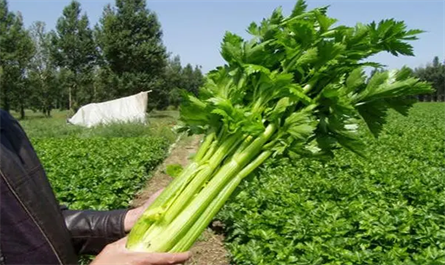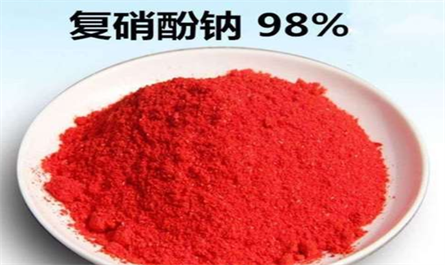Knowledge
-
What‘s plant growth regulators are needed for celery cultivation?Date: 2024-07-21During the celery planting process, the use of plant regulators can effectively promote its growth and increase yield. The following are some commonly used plant regulators and their use methods:

-
Effects of natural plant growth regulator—zeatin on tomato growth and yield increaseDate: 2024-07-04Zeatin, as a new type of plant growth regulator, can effectively accelerate the expansion of tomato fruits, increase the fruit setting rate of tomatoes, increase the yield rate by 6.59% to 18.75%, reduce the titratable acid content in tomatoes, and increase the vitamin C content.
.png)
-
Regulation effect of Compound Sodium Nitrophenolates on tomato growthDate: 2024-06-15Compound Sodium Nitrophenolates (Atonik) is a compound plant growth regulator. Applying it twice during the flowering and fruiting stages of tomatoes can effectively accelerate the expansion of tomato fruits, increase the fruiting rate of tomatoes, and increase the yield by 35.95% to 41.32%. It can also reduce the titratable acid content of tomatoes and increase the Vc, total sugar and soluble solids content of tomatoes.

-
Application of plant growth regulator on cucumberDate: 2024-05-211. Promote germination and rooting
1. Gibberellic Acid GA3 or Compound Sodium Nitrophenolates (Atonik) promotes cucumber seed germination. Soaking cucumber seeds in 150~250mg/L gibberellin solution for 3h or in 1600mg/L sodium nitrophenolate solution for 12h can significantly promote seed germination, improve seed vitality and germination rate.
2. Naphthalene acetic acid (NAA) and indole-3-butyric acid (IBA) promote rooting of cuttings. Cut the cucumber 2~3 side vines, quickly dip their base in 2000mg/L Naphthalene acetic acid (NAA) or Naphthalene acetic acid (NAA) solution for about 5s, and immediately take out the cuttings. When the culture conditions are suitable, roots can be formed into new plants in 11 days.



